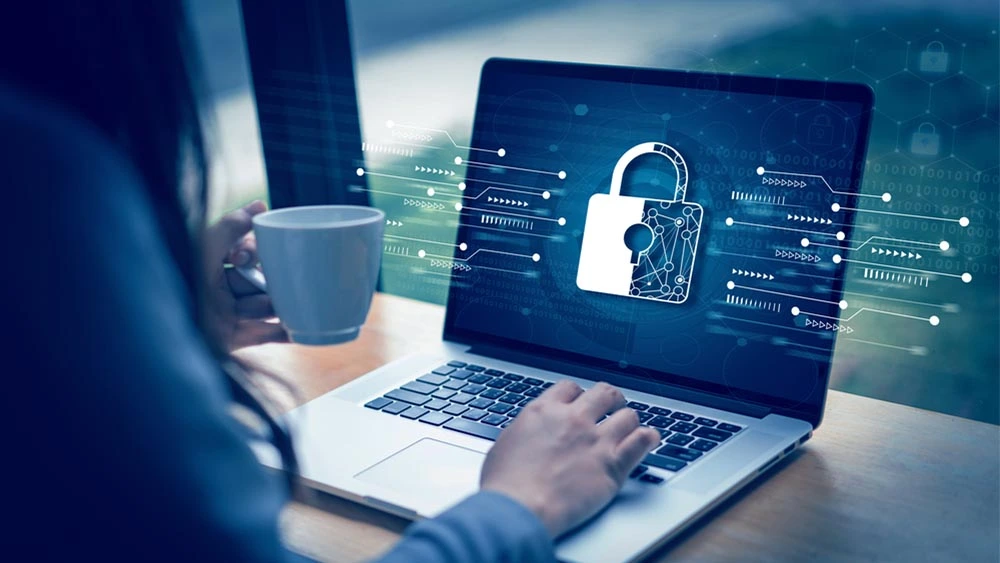Analyzing the App Ecosystem: Most Popular Apps and Their Numbers
The mobile applications industry is thriving, but its market is competitive. While many people download new apps daily, only a few are used. So, you can imagine that thousands of apps are left unused after installation. For users, it’s not a tough choice to pick which applications to use and which to neglect or delete. It all boils down to their decision regarding the application’s usability. This article will cite statistics on how many applications are on the market, what makes a good application, and a list of the most popular ones in the world.
How Many Apps Are There on the Official Stores?
A short answer would be 3.77 million apps on the Google Play Store and [1.73 million](https://www.apple.com/newsroom/2022/11/app-store-awards-celebrate-the-best-apps-and-games-of-2022/#:~:text=Currently home to 1.8 million,and sales during 2020 alone.) applications on the Apple Store. Let’s dive deeper into the statistics of the official stores.
Google Play Store
As of 2022, the store had 3.77 million applications released by 1.11 million publishers. The number isn’t likely to plummet, as 15 thousand applications get published every week on average. 96% of these, or 3.62 million, are free, but some may offer or require in-app purchases. They are categorized into 49 groups. The top categories with the most applications are education, business, tools, entertainment, and music and audio.
Apple App Store
In their [press release](https://www.apple.com/newsroom/2022/11/app-store-awards-celebrate-the-best-apps-and-games-of-2022/#:~:text=Currently home to 1.8 million,and sales during 2020 alone.) celebrating the best apps on the Apple Store, Apple Inc. stated that there are 1.8 million apps on their official store, which are divided among 730 thousand publishers. 12.5% of these are for gaming. More than 100 thousand apps on the Apple Store are paid for, and the remaining 94.2% are free but may include in-app purchases. The top categories on the Apple Store are games, business, education, utilities, and lifestyle.
…But What Makes a Good Mobile Application?
The numbers are impressive, but as mentioned, not all of them are useful for users or profitable for developers. In an effort to help new app developers, we made this detailed list of factors that can make or break a mobile application.
UI/UX Design
UI stands for “user interface,” and it’s about how the app looks, including its layout, design, and functionality. In other words, a UI designer creates the aesthetic of the app. Users could delete an app right away if they think it looks outdated or repulsive to the eye. Color choice, typography, buttons, and imagery are some aspects to focus on when designing an app’s interface.
As for UX, it stands for “user experience.” As the name indicates, it focuses on the “feel” of the app, or how the user will experience it from the moment it launches until their last contact with it. It’s mostly related to user flow, ease of use, and efficiency. If app navigation is smooth sailing, users will gladly use it again, given that it has the right features, which brings us to the next factor.
Features
Users tend to examine features before even downloading an app because they want to know if it will give them what they need. Developing a feature-rich app is just as critical as designing a sleek-looking one. The choice of features depends on the app type. An e-commerce app would be lacking without a built-in store, multiple payment gateways, and a search bar. A messenger should include voice and video calling options and interactive channels. The list could go on, but what matters is that the user finds the application serviceable.
Privacy and Security
Privacy is mostly about data protection, while security is related to cyberattacks and threats. Needless to say, both are equally important.
An app publisher should be concerned about preserving their users’ data, but unfortunately, that’s not always the case. Some app developers store and sell data to third parties, which can compromise their reputation if detected. Not to mention that it’s unethical and violating.
A breach of security is more discoverable than policy violations. Cyberattacks are common and have been on the rise recently. Below are some ways to decrease the chance of app security breaches:
- Hire a skillful developer who can write a secure code
- Encrypt all app data
- Use strong authentication
- Test the application regularly
High Performance
Every smartphone user has faced this problem before: downloading a feature-rich, good-looking app and then deleting it because it lags and crashes repeatedly. It’s irritating to have to deal with an application that has bugs, not to mention that bugs can lead to cyberattacks. Speed is another issue when it comes to performance; no one wants to use an app that takes multiple minutes to load and more minutes to perform its basic functions.
Hiring a good developer is one way to minimize the chance of launching a slow app or one with bugs. Moreover, testing on a large scale can also help in the detection of errors, bugs, and speed issues.
Regular Updates
With daily technological advancements, it’s recommended to stay up-to-date. Updates can be related to any of the factors mentioned above. Designs can rapidly go out of style, and an outdated layout can drive users away. New features are introduced every day, so for an app to stay on top of its game, it needs to keep up. Regular testing can reveal new bugs that need fixing at least every month.
Additionally, many users check an app’s last updated version before downloading it. And if they see that the app hasn’t been updated in a long time, they won’t bother downloading it.
Five Most Popular Applications on the Market
TikTok
Short-form video content started in 2013 with Vine, a company owned by Twitter Inc., but the spark quickly died out. In 2016, the same concept was revived by a Chinese company called ByteDance.
Now known as TikTok, the app is the most downloaded social media platform on the market. In 2021, the app will have been downloaded 656 million times globally.
Pros:
- Intelligent AI that offers decent algorithms
- Fun and simple to use
- Boosts creators’ popularity
Cons:
- Time-consuming
- Questionable when it comes to data protection
- Some content lacks originality
Pictures? Yes. Stories like Snapchat? Yes. Reels that are similar to TikTok videos? You got it! Instagram has it all as a media-sharing application. Users enjoy using it to share their experiences and adventures, and creators appreciate the opportunity to promote their work.
The Meta-owned (previously Facebook) company is the second most popular app on the market, spanning over 3.8 billion downloads. In 2021, the app got 545 million downloads.
Pros:
- Seamless integration with Facebook
- Great photo filters
- Diverse content promotion ideas
Cons:
- The algorithm can be tricky for creators
- Some users complain about the number of ads
- Some users report multiple bugs
You probably saw that one coming. Facebook is undeniably the most popular social media platform on the market. Founded in 2004, the app is now popular among people of all ages, from schoolchildren to older people. Overall, Facebook has something for everyone when it comes to both content and promotion ideas.
On a global scale, Facebook was downloaded 416 million times in 2021 and 5 billion times overall.
Pros:
- Great for reconnecting with old friends
- Can host different communities in groups and pages
- Highest reach potential
Cons:
- Infested with cyberbullies
- Ads can be irrelevant
- Exposed to lots of cyberattacks
Another application owned by Facebook, WhatsApp, is the most downloaded messenger on the market. The messenger is used primarily for casual daily communication. As of 2022, WhatsApp has 2 billion users who exchange 100 billion messages daily.
Pros:
- Easy to use
- Free audio and video calls
- Regular backups
- Regular updates and new features
Cons:
- The number of group members is limited
- Limitations of file uploading
- Contacts have to share phone numbers
Telegram
The second most popular messenger is the Russian-based Telegram. Launched in 2013, the app took off in 2014 with 35 million users. The app is similar to WhatsApp in its function but got widespread because of some extra features like channels, private chats, and more. In 2021, Telegram had 329 million downloads.
Pros:
- Contacts can hide numbers
- File quality isn’t compressed
- Users can edit messages
- Better privacy options
Cons:
- Less attractive UI than the competition
- No stories
Final Words
Although the market is competitive, and it’s almost impossible to make an app that gets billions of downloads, you can still make a successful one for your business. The focus should be on creating an app that benefits the users, one that combines design, functionality, and features. With the nandbox native no-code app builder, you can do just that. All you have to do is drag and drop any feature your app needs and configure it; the nandbox app builder has dozens of unique features. Not to mention that you can build a messenger like Telegram with the nandbox app builder. Sign up now for a free trial!








